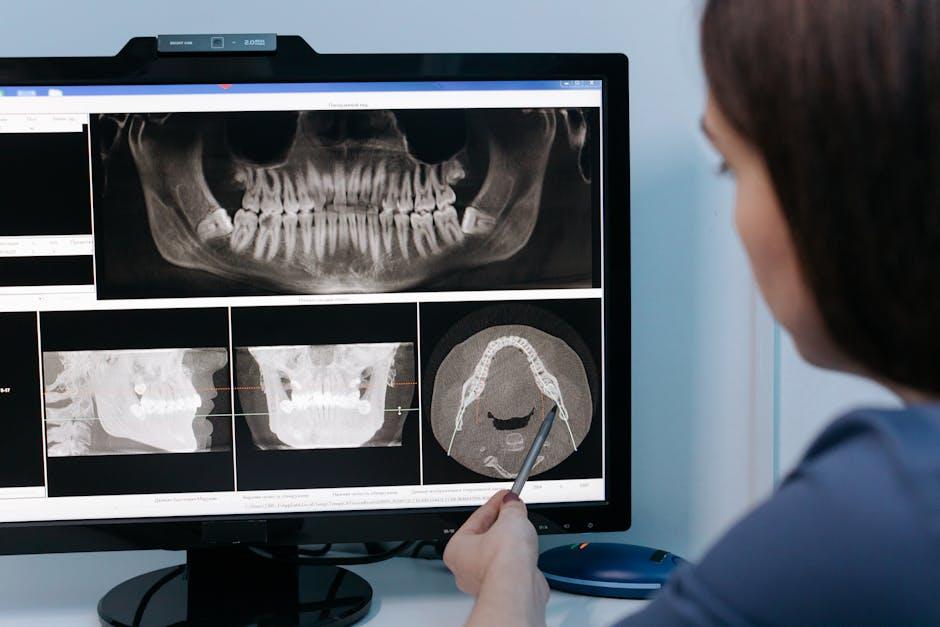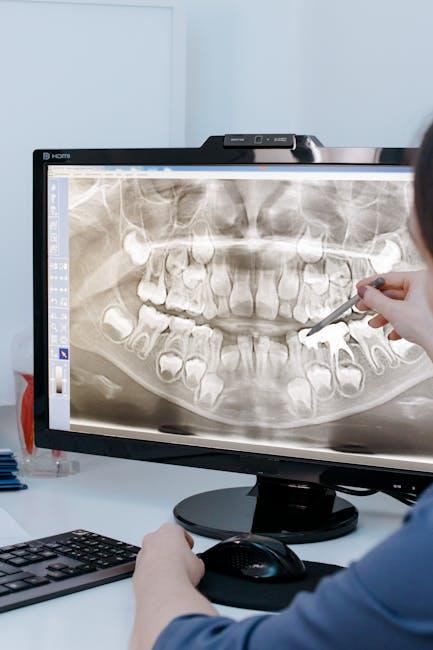
Dental Imaging Tech Boom: AI & 3D Scanners Reshaping the $6B Market – PR Newswire
The dental industry is witnessing a profound transformation fueled by cutting-edge imaging technologies. Artificial Intelligence (AI) and 3D scanning innovations are at the forefront, catalyzing a tech boom that is reshaping the entire dental imaging technology market, estimated to be worth over $6 billion globally. This surge not only enhances how dentists diagnose and treat patients but also elevates patient experience and clinical outcomes to new heights.
Introduction to the Dental Imaging Technology Market
Dental imaging has always been a critical component in oral health care, facilitating accurate diagnosis, treatment planning, and patient follow-ups. Traditional imaging methods like 2D X-rays have been standard for decades. However, the market is now evolving rapidly with the emergence of advanced technologies such as AI-powered diagnostic tools and 3D scanners. According to recent data from PR Newswire, this $6 billion industry segment is growing at an unprecedented pace, driven by technological advancements and increasing patient demand for better dental care.
How AI is Revolutionizing Dental Imaging
Artificial Intelligence integrates machine learning algorithms and computer vision to analyze dental images more precisely than ever before. Here’s how AI reshapes the landscape:
- Faster and more accurate diagnosis: AI algorithms can detect cavities, periodontal disease, and oral cancers early by analyzing X-rays and scans with remarkable accuracy, reducing human error.
- Automated image interpretation: Dentists save time as AI processes images, highlights suspicious regions, and generates preliminary reports.
- Personalized treatment plans: AI synthesizes patient data, offering tailored treatment recommendations and predicting outcomes.
- Improved patient communication: AI-enhanced imaging visuals help patients understand their oral health status better, boosting compliance and trust.
AI-Powered Tools Leading the Market
Several platforms are pioneering AI in dental imaging. Notable examples include:
- Denti.AI: Uses deep learning for automated caries detection and radiograph analysis.
- Overjet: Provides AI-powered dental x-ray interpretation certified by the FDA.
- VideaHealth: Offers AI solutions targeting dental diagnostic accuracy and workflow optimization.
The Emergence of 3D Dental Scanners
3D dental scanners have dramatically changed how dentists capture intraoral images. Unlike traditional impressions, 3D scanners are:
- Non-invasive and more comfortable for patients
- Highly precise with micron-level accuracy in capturing tooth morphology
- Extremely time-efficient—scans are completed in minutes with immediate visualization
- Compatible with CAD/CAM systems for designing crowns, bridges, and orthodontic appliances
Types of 3D Dental Scanners
| Scanner Type | Key Feature | Use Case |
|---|---|---|
| Intraoral Scanners | Handheld, real-time scanning | Restorations, orthodontics |
| Desktop 3D Scanners | High-precision lab scanning | Prosthetics, lab models |
| Cone Beam CT (CBCT) | 3D radiographic imaging | Implant planning, oral surgery |
Benefits of AI & 3D Scanners in Dental Imaging
The integration of AI and 3D scanning in dental imaging generates numerous benefits for dental professionals and patients alike. Here are the key advantages:
- Enhanced diagnostic accuracy: Reduces missed diagnoses and misinterpretations.
- Reduced chair time: Faster imaging and processing means more patients treated daily.
- Better patient comfort: Digitally captured impressions eliminate uncomfortable molds.
- Lowered costs over time: Efficient workflows and fewer retakes reduce operational expenses.
- Improved treatment outcomes: Detailed imaging allows precise restorations and interventions.
- Eco-friendly workflows: Digital processes minimize the need for physical materials and waste.
Case Study: Transforming a Dental Clinic With AI & 3D Imaging
SmileBright Dental Clinic, based in Chicago, recently upgraded its imaging technology to include AI diagnostic software and a leading intraoral 3D scanner. Here’s what changed:
- Diagnostic speed increased by 40%, allowing dentists to see more patients.
- Patient satisfaction scores rose by 25% due to comfortable and faster scans.
- Fewer retakes of images reduced material and time waste, saving operational costs.
- Precision restorations resulted in a 30% drop in follow-up visits for corrections.
The clinic’s success illustrates the tangible impact of integrating AI and 3D scanning into everyday practice.
Practical Tips for Dental Clinics Adopting AI & 3D Scanners
To fully leverage the benefits of this growing technology, dental professionals should consider these important steps:
- Start with staff training: Comprehensive training ensures your team can efficiently use AI tools and scanners.
- Invest in compatible technology: Choose systems that integrate with your existing Electronic Health Record (EHR) and CAD/CAM workflows.
- Evaluate patient demographics: Understand which patients benefit most from 3D imaging (e.g., complex orthodontics, implants).
- Seek FDA and regulatory clearance: Adopt only clinically validated products to ensure safety and efficacy.
- Regularly update software: Keep AI algorithms and scanners up-to-date for optimal performance.
Looking Ahead: The Future of Dental Imaging Technology
The dental imaging tech boom driven by AI and 3D scanners shows no signs of slowing. Anticipated trends that will continue shaping the $6B market include:
- Integration with tele-dentistry: AI-powered remote diagnostics enable care access in underserved areas.
- Advanced AI models: Continued improvements in deep learning will enhance predictive analytics and personalized care.
- Hybrid imaging systems: Combining CBCT, 3D scanners, and intraoral cameras into unified platforms.
- Affordable technology options: New entrants providing cost-effective solutions for small practices and emerging markets.
Conclusion
The revolution in dental imaging technology spearheaded by AI and 3D scanners is transforming the dental industry, leading to improved patient care, streamlined workflows, and new business opportunities. As highlighted by PR Newswire, the $6 billion market is rapidly evolving with promising advancements that empower dentists and delight patients. Dental professionals who embrace and adapt to these technologies stand to gain a competitive edge in an ever-demanding healthcare landscape.
Whether you are a practicing dentist, clinic manager, or dental technologist, staying informed about the latest AI-driven diagnostics and 3D imaging innovations is crucial. By investing wisely and training staff adequately, your practice can join the fast-growing wave that’s reshaping oral health care for the better.


